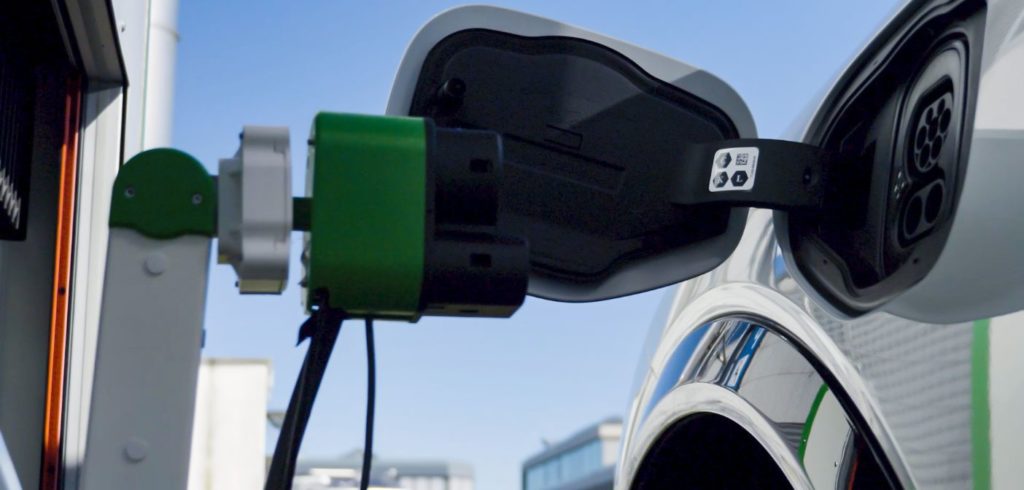Ford has developed a prototype robotic EV charger designed to support disabled drivers.
The charger is operated using a smartphone, meaning disabled drivers are able to stay within their vehicle during charging, or they have the option to leave and let the robot manage the process.
The automated station is being tested as part of Ford’s research into hands-free and fully-automatic charging, after disabled drivers identified ease of charging as a key buying motivation.
Following lab tests, the solution is now active in real-world trials. When turned on, the charger’s cover opens and, with the guidance of a tiny camera, an arm extends toward the inlet and retracts when finished. Using the FordPass app, drivers can monitor the process.
Angela Aben, employee communications, Ford Europe, who uses a power-assisted wheelchair, said: “I stopped filling up my car myself years ago, because it became very strenuous. My husband does it for me.
“The introduction of a robot charging station would offer me a much greater level of independence.”

The charging station, made to order by Dortmund University, could see future installation at disabled parking spaces, car parks or private homes.
Ford claims the technology could support faster charging times for a range of vehicles, including commercial fleets.
The US car manufacturer has also suggested that the solution could be fully automated, with the car arriving, charging and leaving the station with little or no manual input.
The research supports Ford’s electrification ambitions, with a follow-up project planned with network provider Ionity to improve the station’s service.
Ford claims to also be looking into automated valet parking, as trialled in Munich in 2021.
The company recently signed a petition to ensure that only zero-emission vehicles were sold in Europe from 2035 and that infrastructure will be expanded to match growing demand.




